Uscs Soil Classification System
Uscs soil classification system. The USCS unified soil classification system is a soil classification system used in geology and engineering material to describe the soil texture and grain soil size. However unless taking direct measurements the USCS classification is needed to determine soil strength. UNIFIED SOIL CLASSIFICATION SYSTEM.
How to classify soil using the Unified Soil Classification System USCS 3. Unified Soil Classification System. This value is not included in the USCS.
It is necessary to know the amount of particles 75 mm if gravel content is required. The Unified Soil Classification System USCS and the American Association of State Highway and Transportation Officials AASHTO system are the common classification system we use in civil engineering practice. Note that some specifications described in the following content may not.
Soil classification USCS system AASHTO system Textural classification. In these soils 50 or more of the total material by weight is smaller than 75 micron IS sieve size. Army Corps of Engineers with Professor Arthur Casagrande of Harvard University reached agreement on modifications to his Airfield Classification System and named.
Considering that the soil found during prospection was classified by the USCS as SC clayey sand type the Loamy Sand soil option in the soil catalog was used as the best alternative to represent the studied area. Gravels GW Well-graded gravel Sands SW Well-graded sand Poorly-Graded uniform size Gravels GP Poorly-graded gravel Sands SP Poorly-graded sand Sands with enough fines to stain a wet palm. A C u 4 and 1.
UNIFIED SOIL CLASSIFICATION AND SYMBOL CHART. 200 sieve size GRAVELS More than 50 of coarse fraction larger than No. With some modification it was jointly adopted by several US.
PERFORMING ORGANIZATION NAME AND ADDRESS 10. This system of classification is very similar to the unified soil classification system.
UNIFIED SOIL CLASSIFICATION AND SYMBOL CHART.
Determining the Unified Soil Classification System USCS Symbol and Group Name with Modifier using lab data ASTM D2487. The Unified Soil Classification System USCS which is based on a combination of physical and behavioral properties. To use this chart start on the top and work your way down using the steps to guide you to the appropriate USCS Symbol Group Name and Modifier. 51 SOIL CLASSIFICATION Soils are all different depending on their origins compositions locations geological histories and many other factors. In this system soils are divided into 7 types designated as A-1 to A-7 based on their relative expected quality for road embankments sub-grades and bases. 4 sieve size Clean Gravels Less than 5 fines GW GP. As a result the USDA system or a similar method is more commonly used. The chart below also includes a plasticity chart that is used to determine the classification of fine-grained soils. Each letter is described below with the exception of Pt.
How to classify soil using the Unified Soil Classification System USCS 3. According to the Unified Soil Classification System USCS the group symbol for silty sand is. USCS unified soil classification system soil classification. To use this chart start on the top and work your way down using the steps to guide you to the appropriate USCS Symbol Group Name and Modifier. Unified Soil Classification System USCS The Unified Soil Classification System is based on the airfield soil classification system developed by Casagrande during World War II. 200 sieve size GRAVELS More than 50 of coarse fraction larger than No. The Unified Soil Classification System USCS which is based on a combination of physical and behavioral properties.





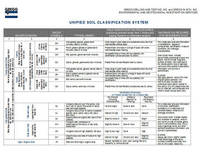



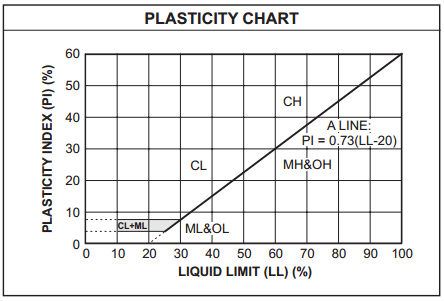

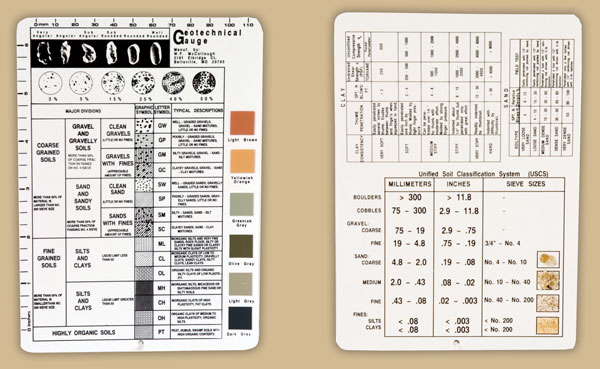







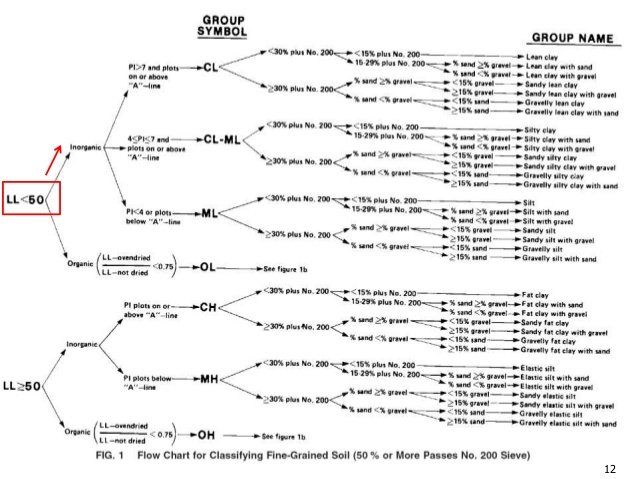
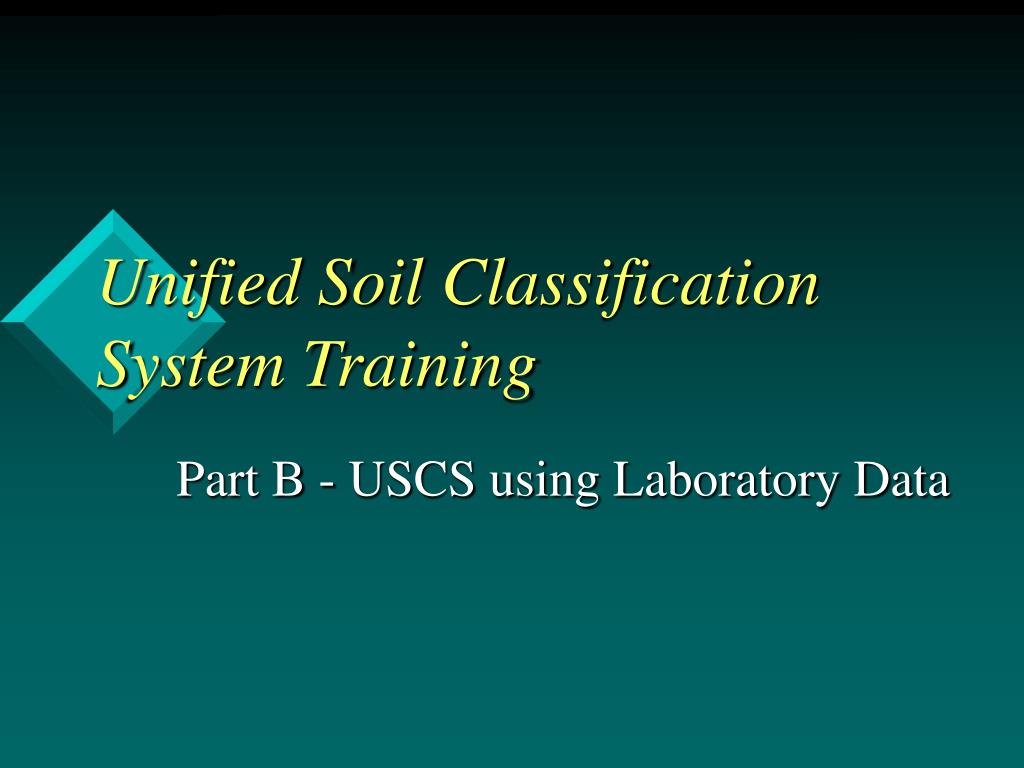
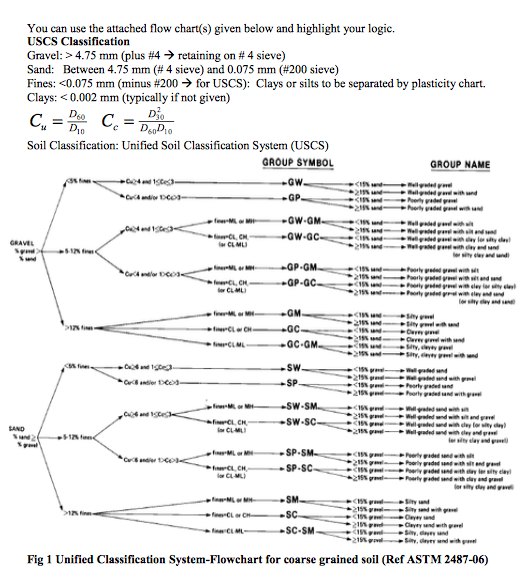
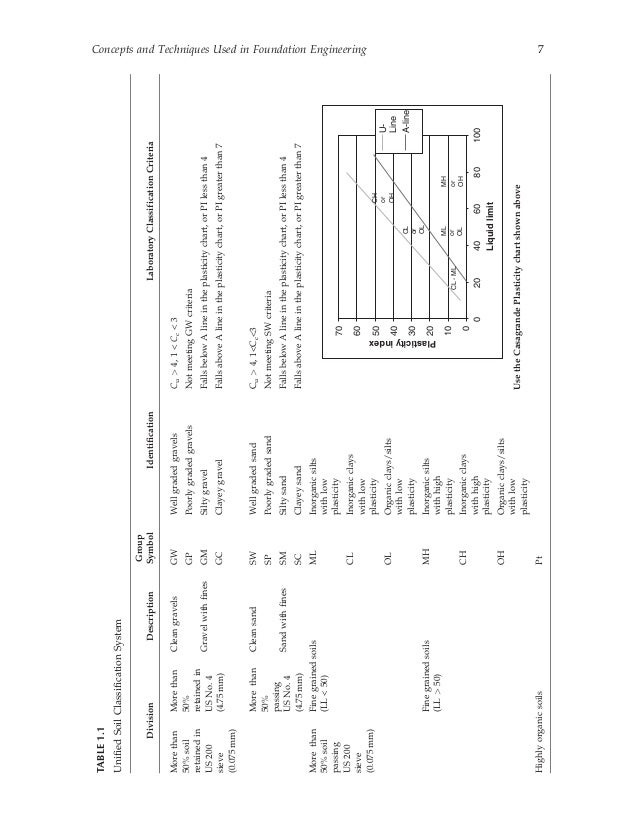


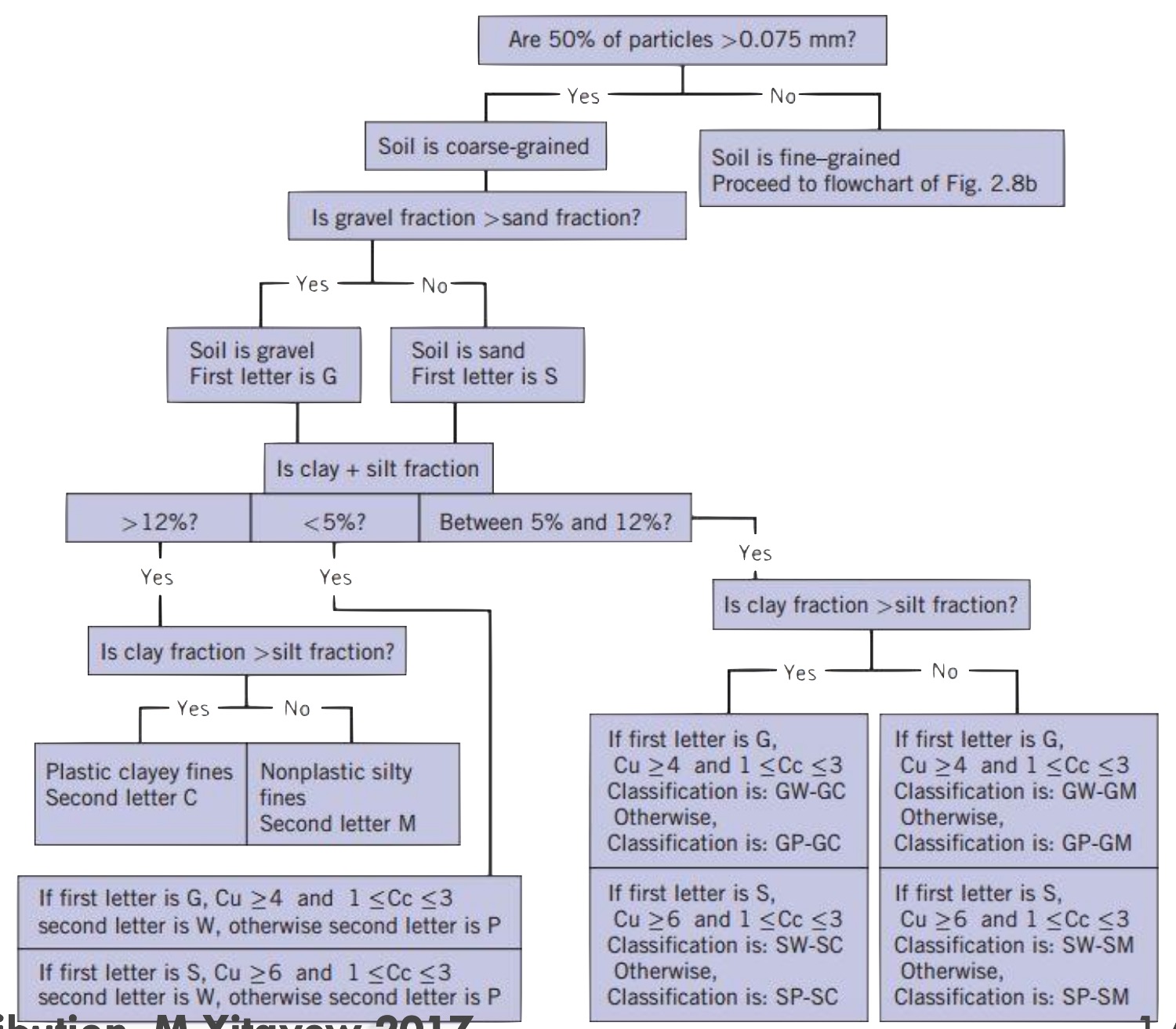

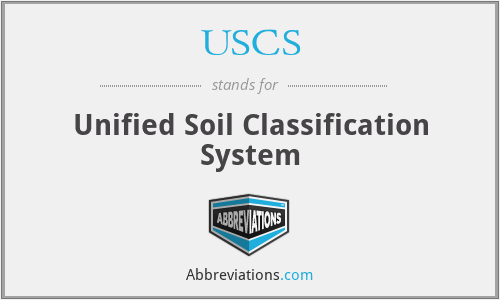



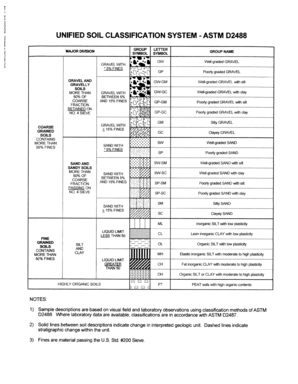
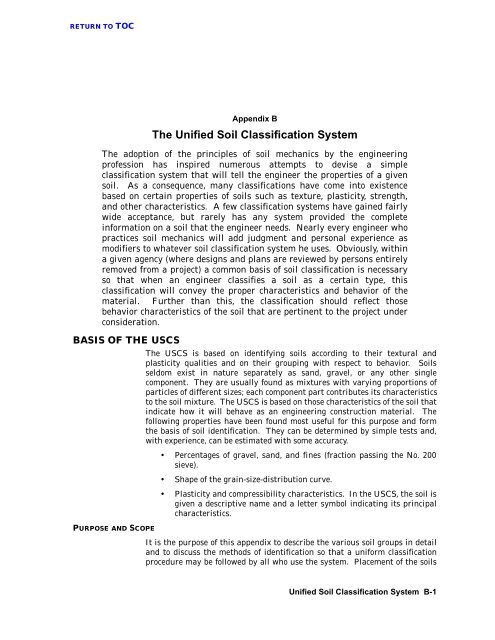

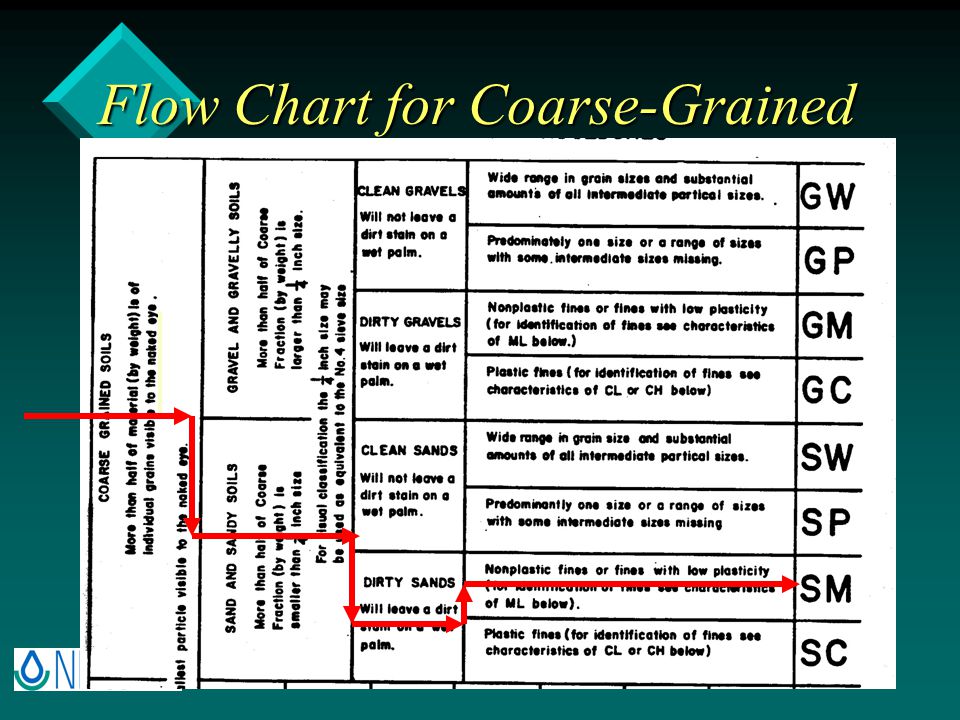

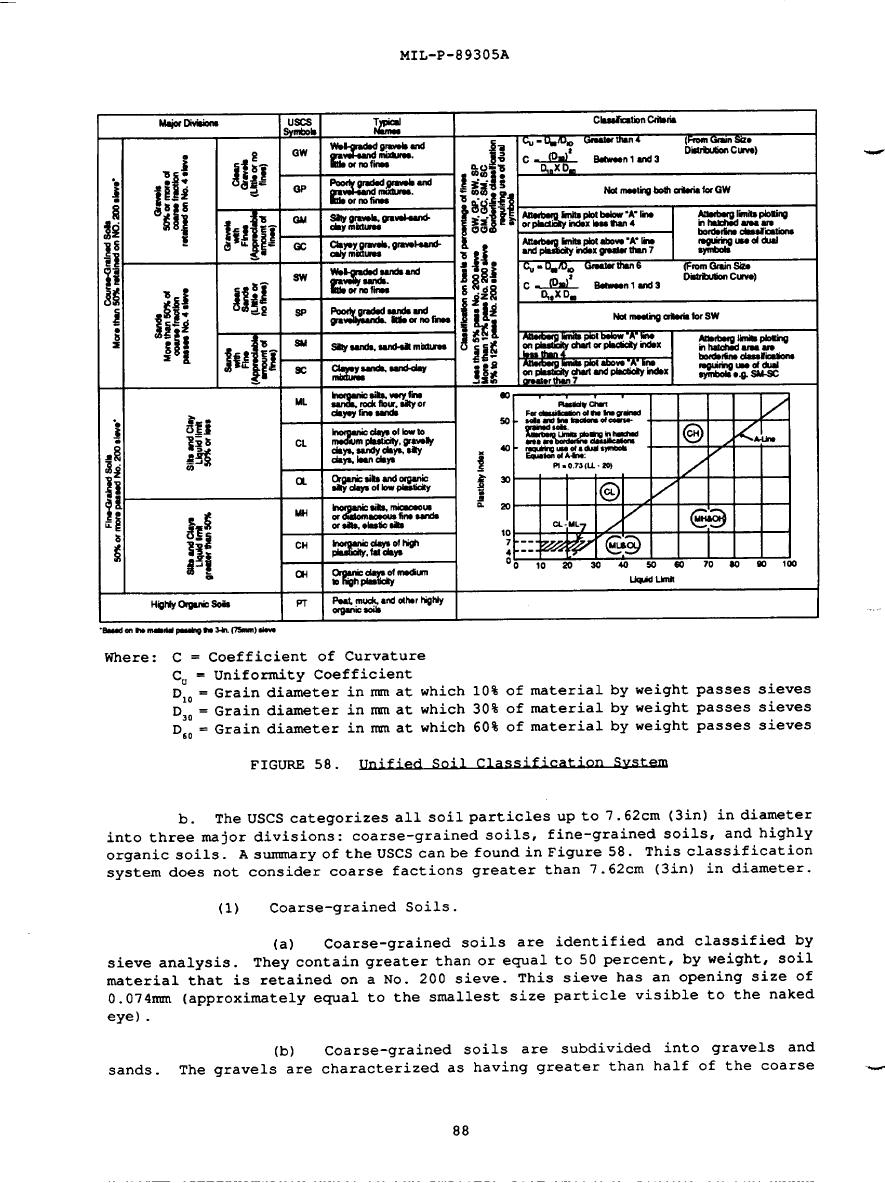


types of engines in aircraft: Five types of Engines are used in aircraft. Every Engine has its benefits and disadvantages. In this article, you will get all the knowledge related to aircraft and the engines used.
ReplyDelete